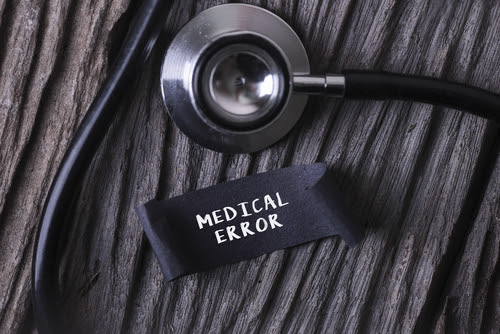In medical settings, the use of breathing tubes, also known as endotracheal tubes, is a common practice to assist patients with their breathing. These tubes are inserted into the trachea, providing a clear airway and ensuring adequate oxygen supply. However, when mistakes occur during the insertion or management of these tubes, the consequences can be devastating, potentially leading to fatal brain damage.
Incorrect Intubation
One of the most critical errors is the misplacement of the breathing tube. Ideally, the tube should be positioned correctly within the trachea to ensure proper airflow, but if the medical professional inserting the term erroneously places the tube in the esophagus instead, the patient’s lungs won’t receive the required oxygen. Referred to as esophageal intubation, this medical error can quickly lead to hypoxia (oxygen deprivation), which can then lead to brain damage.
Dislodging of the Tube
Another potentially grave mistake that can occur is the accidental dislodgment or extubation of the breathing tube, which can occur if the medical professional fails to properly secure the tube. If the tube becomes dislodged, then the patient’s airways can become blocked, preventing oxygen from getting to the lung. The longer this interruption lasts, the higher the risk of brain damage or death.
Excessive Pressure
Another complication that can cause serious harm to a patient is if there is excessive pressure applied to the breathing tube cuff. This cuff, which is a balloon-like structure, is inflated in order to create a seal within the patient’s trachea. This prevents air leakage. But if the cuff pressure is too high, this can cause compression and damage the delicate tracheal tissue. This can lead to complications such as tracheal stenosis or tracheomalacia. These conditions can impede proper airflow and cause long-term respiratory issues, potentially contributing to brain damage due to oxygen deprivation.
Poor Monitoring
Inadequate monitoring and maintenance of the breathing tube can also result in serious consequences. Regular assessment of tube position, cuff pressure, and patency is crucial to ensuring optimal functioning. Failure to monitor these factors can lead to complications such as tube displacement, obstruction, or even ventilator-associated pneumonia. Any delay in detecting and addressing these issues can exacerbate the risk of brain damage.
Medical Professional Duty of Care
Preventing fatal brain damage caused by breathing tube mistakes requires a multidimensional approach. First and foremost, healthcare providers must receive comprehensive training in airway management and the correct insertion and maintenance of breathing tubes. Regular competency assessments and simulation training can help reinforce these skills and enhance patient safety.
Furthermore, technological advancements play a crucial role in reducing the likelihood of errors. Innovations such as capnography, which measures the level of carbon dioxide in exhaled breath, can help confirm proper tube placement. Continuous monitoring of cuff pressure can also be facilitated through automated systems, ensuring optimal inflation without causing harm.
Institutional protocols and guidelines should be established to standardize the procedures related to breathing tube management. These protocols should include clear instructions for tube insertion, monitoring parameters, and steps to follow in case of complications or tube dislodgment. Regular audits and quality improvement initiatives can help identify areas for improvement and enhance patient outcomes.
Contact Our Virginia Personal Injury Law Firm
Fatal brain damage caused by breathing tube mistakes is a tragic and preventable outcome. Misplacement, dislodgment, cuff-related complications, and inadequate monitoring can all contribute to severe consequences. By prioritizing comprehensive training, utilizing technological advancements, and implementing standardized protocols, healthcare providers can significantly reduce the occurrence of these errors and safeguard patient well-being. Vigilance, attention to detail, and a commitment to continuous improvement are paramount in ensuring safe and effective airway management for all patients.
If your loved one suffered a permanent or fatal injury due to the negligence of medical professionals, do not delay in contacting Shapiro, Washburn & Sharp to find out what legal recourse you may have. Our Virginia Beach medical malpractice attorneys will work diligently to get your family the financial justice you deserve. Call our office today for a free and confidential consultation.
RELATED CONTENT
- Are You the Victim of a Surgical Error?
- A Virginia Plaintiff’s Attorney Discusses Hypoxic Brain Injuries
- Who Is Responsible for Anesthesia Errors?
